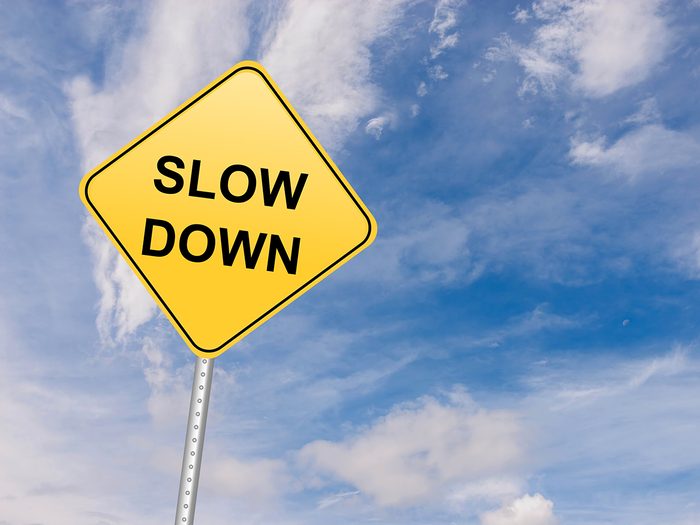
How to Improve Gas Mileage
Drive Slower
Hard acceleration in stop-and-go driving costs you 20 per cent in gas mileage. If you live your life in rush hour traffic and like to put the pedal to the metal, spend all your extra time at the next stoplight figuring out how you could have spent the money you’re wasting.
Read on for more advice on how to improve gas mileage.
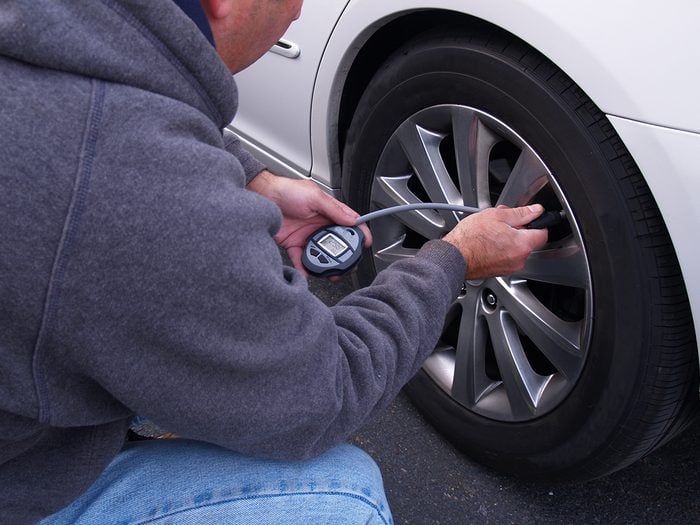
Keep Your Tires at the Right Pressure
Serious about learning how to improve gas mileage? It starts with inspecting your tires.
Surveys show that 60 per cent of the vehicles on the road have tires that are under-inflated by at least 30 per cent. That’s at least 9 psi below the manufacturer’s recommended pressure. That can cost you almost 7 per cent in wasted fuel. Plus, low air pressure causes premature tire wear, and that can cost almost $300 over the life of the tires. For best results, check your tire’s air pressure with a digital pressure gauge (about $10 at any auto parts store) and fill to the recommended pressure shown on the decal inside the driver’s door or on the driver’s door pillar.
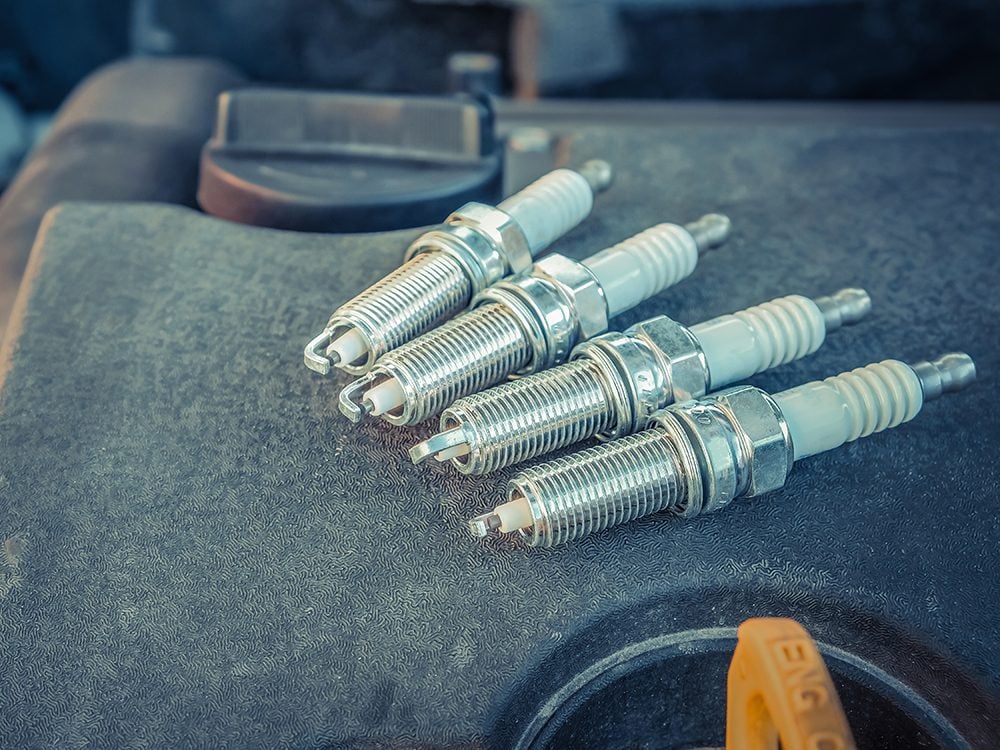
Change Your Spark Plugs
If your 160,000-km spark plugs have 130,000 km on them, they’re 80 per cent worn. Misfires and incomplete combustion occur more frequently during that last 32,000 km, costing you hundreds of dollars in wasted fuel. You have to replace your spark plugs anyway, so do it early and pocket the savings. Even if you have to replace the plugs one extra time over the life of your car, you’ll still come out way ahead. And don’t automatically assume your plugs are good for 160,000 km. Many four-cylinder engines require new spark plugs at either 50,000- or 100,000-km intervals.
Here are 10 often overlooked services that can extend the life of your vehicle.
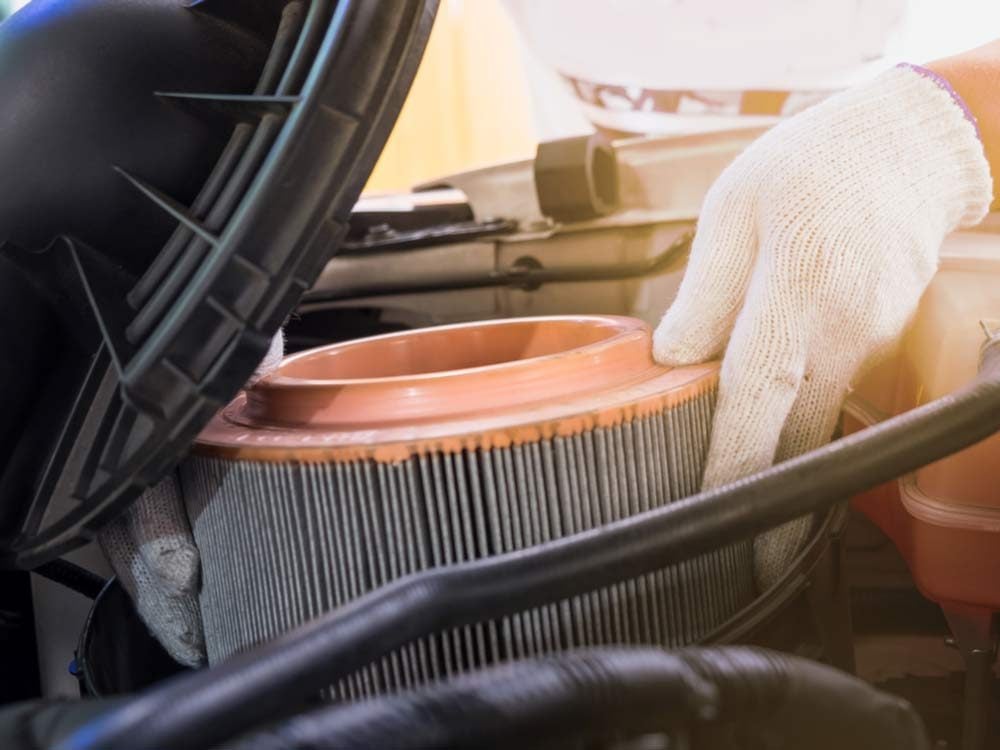
Change Your Air Filter
Your engine sucks in 53-million litres of air through the filter every year. On older vehicles (pre-1999), a dirty air filter increases fuel usage by almost 10 per cent. On newer vehicles, the computer is smart enough to detect the lower airflow, and it cuts back on fuel. So your engine will lack power and pick-up. Check the filter when you change your oil and replace it at least once a year, or more if you drive in dirty, dusty conditions.
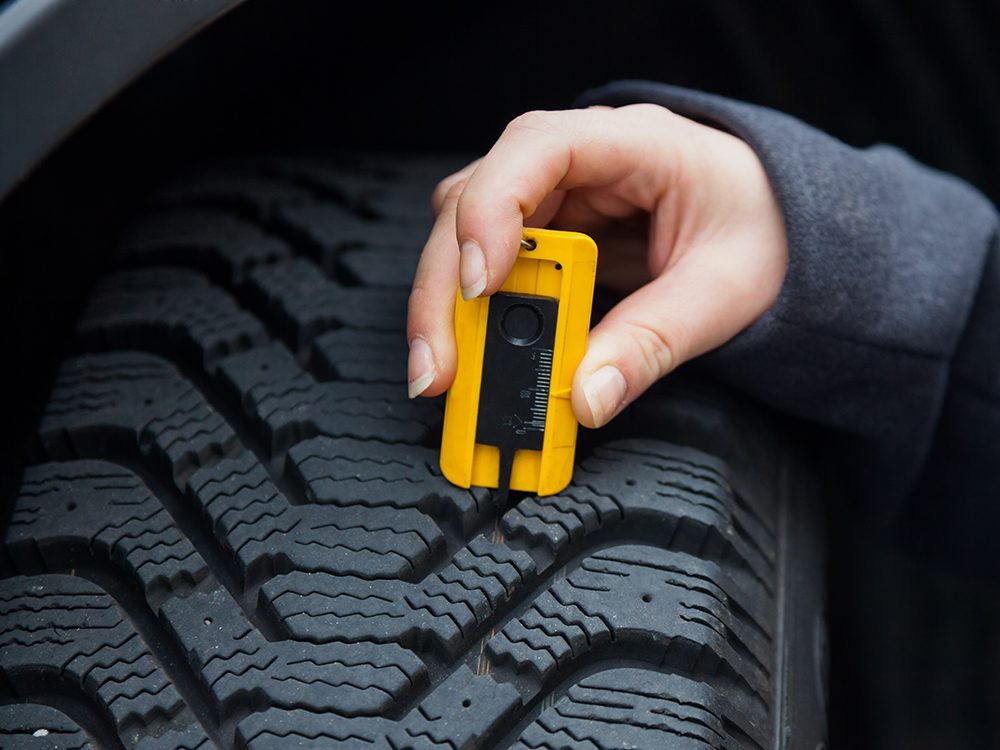
Keep Your Car Aligned
If your tires are bowed out of alignment by just 4.2 cm, it’s the equivalent of dragging your tire sideways for 164 km for every 32,000 you drive. That’ll cost you hundreds a year in wasted gas. It will also wear your tires faster, costing you hundreds more. Here’s an easy way to check your alignment without taking your car in to the shop: Buy a tread depth gauge ($2) and measure the tread depth on both edges of each tire (rear tires too). If one side of the tire is worn more than the other, your car needs to be aligned.
Find out more essential tools for the home mechanic.
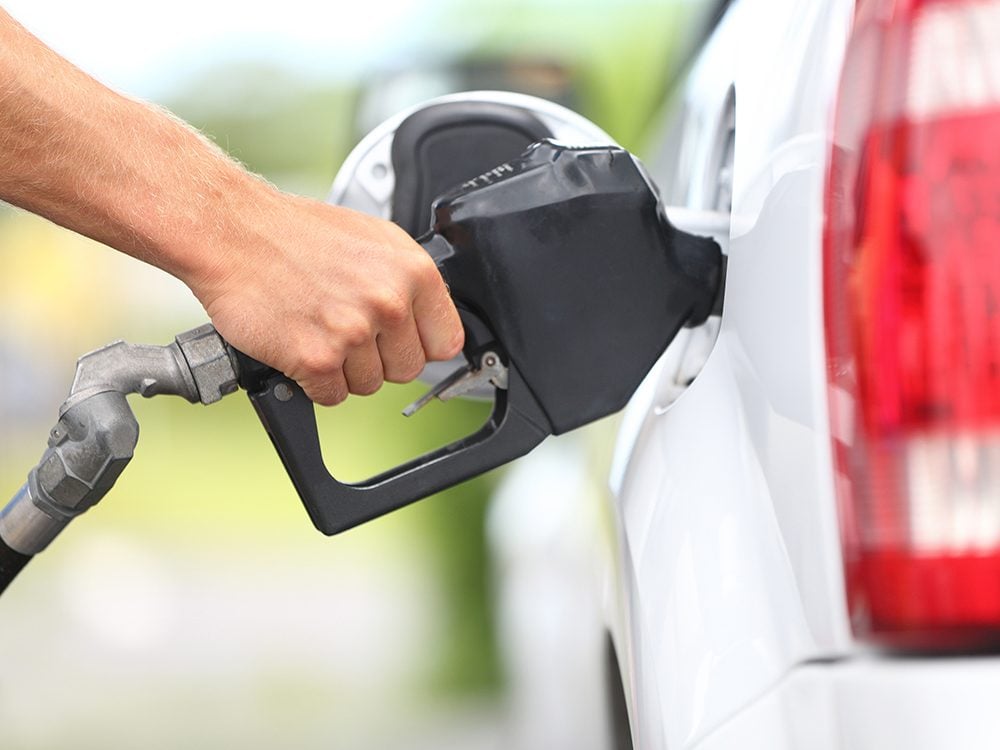
Replace a Broken or Missing Spoiler
The plastic air dam (aka “spoiler”) that’s broken or missing wasn’t installed just for a sporty look. If your car had an air dam, driving without it or with a damaged one can reduce your gas mileage. The air dam literally “dams off” airflow to the undercarriage of your car, forcing the air up and over the hood. That helps your car cut through the air with less drag. It also increases airflow to the A/C condenser and radiator, reducing the load on your car’s electrical system.
Find out the surprising ways you’re shortening the life of your car.
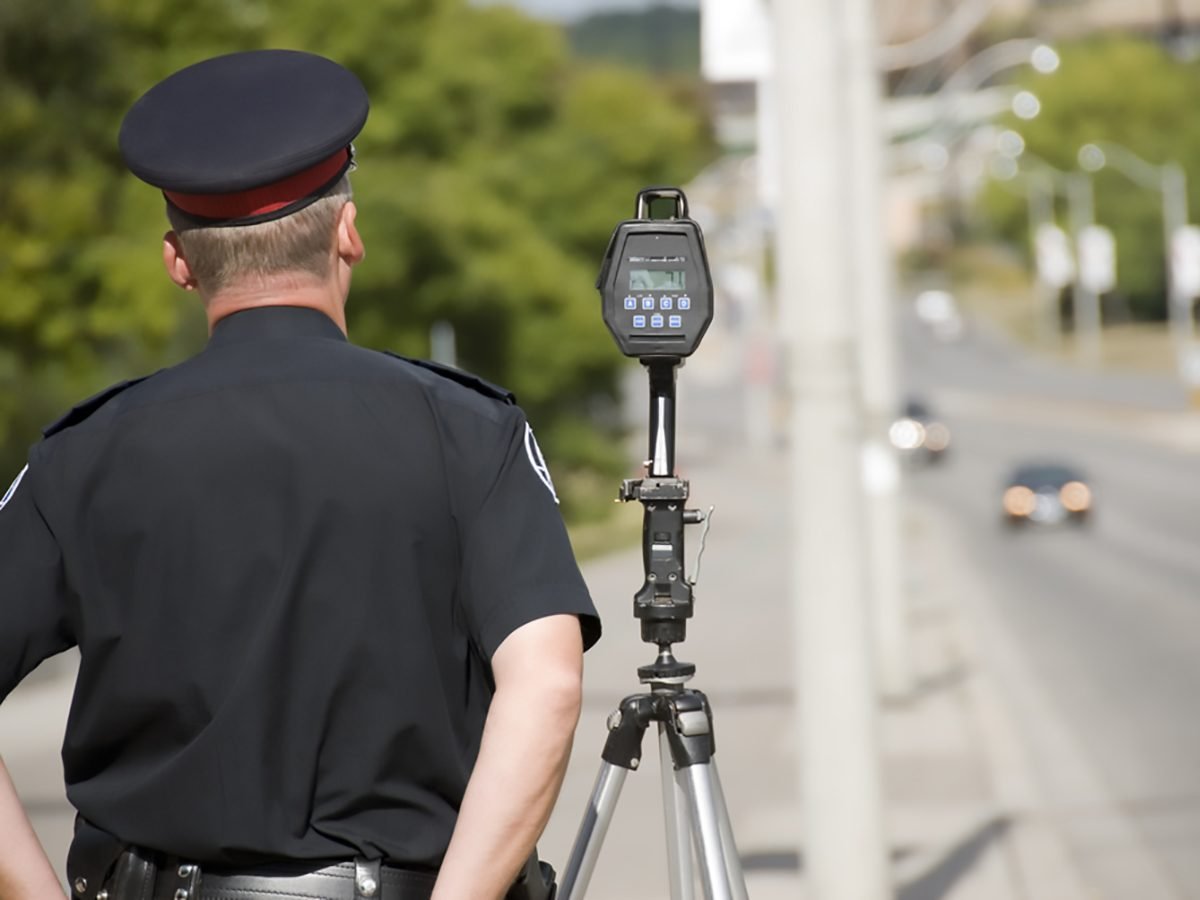
Reduce Drag
Yes, you’ve heard it before, but how about some real world numbers to drive the point home? Aerodynamic drag is a minor concern in city driving, but it really kills your gas mileage at speeds over 90 km/h. In fact, increasing your speed to 105 km/h increases drag by 36 per cent! If you do a lot of highway driving, getting to your destination a few minutes early could cost you hundreds of dollars extra a year. Keep it closer to 90 km/h and use your cruise control. It will pay off.
Find out what it could mean if your brakes are squeaking.
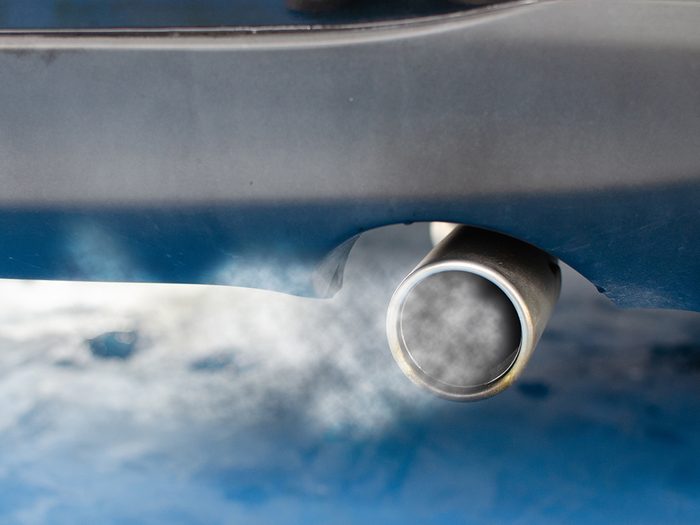
Replace Oxygen Sensors (Before the Dashboard Warning Light Goes On)
Oxygen sensors monitor the efficiency of combustion by tracking the amount of oxygen remaining in the exhaust. But they degrade over time and that can cost you up to 15 per cent in gas mileage. When they fail, the computer lights up your “service engine soon” light, forcing you to incur a diagnostic fee. (Here’s why you should never ignore your car’s check engine light.) On pre-1996 vehicles, replace your oxygen sensor every 96,000 km to keep your mileage at its peak. On 1996 and newer vehicles, replace the sensors every 160,000 km. Oxygen sensors cost about $60 each. Some vehicles have as many as four, but the sensors installed behind the catalytic converter rarely fail.
Learning how to improve gas mileage isn’t the only way to save on fuel: Make sure you avoid these expensive mistakes at the gas pump.
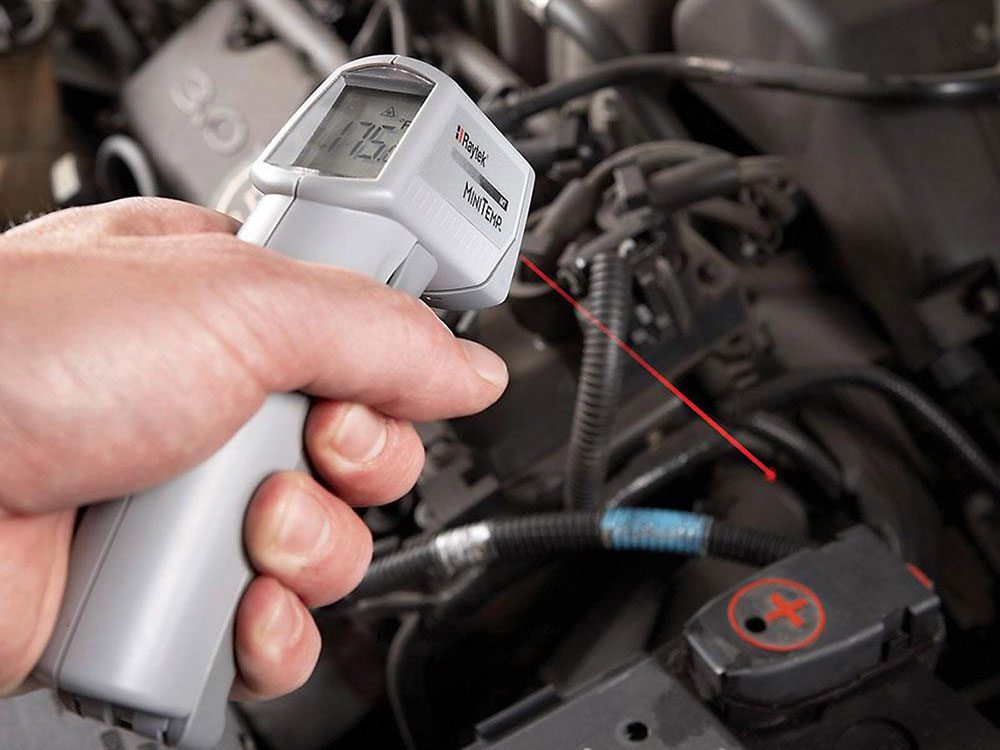
Replace a Failing Thermostat
A thermostat that opens too quickly or stays open can dramatically lower the coolant temperature and put a mega-chill on your gas mileage. All you need to check it is an inexpensive infrared laser thermometer. Simply aim it at the thermostat housing. If your engine is warmed up and the thermometer reads less than 70 degrees Celsius, you’re wasting gas and it’s time to replace the thermostat. (To reduce reflection errors, spray the thermostat housing with black paint prior to testing.) A new thermostat costs about $10 and is easy to replace.
Find out the 10 most common car problems—and how to fix them yourself.
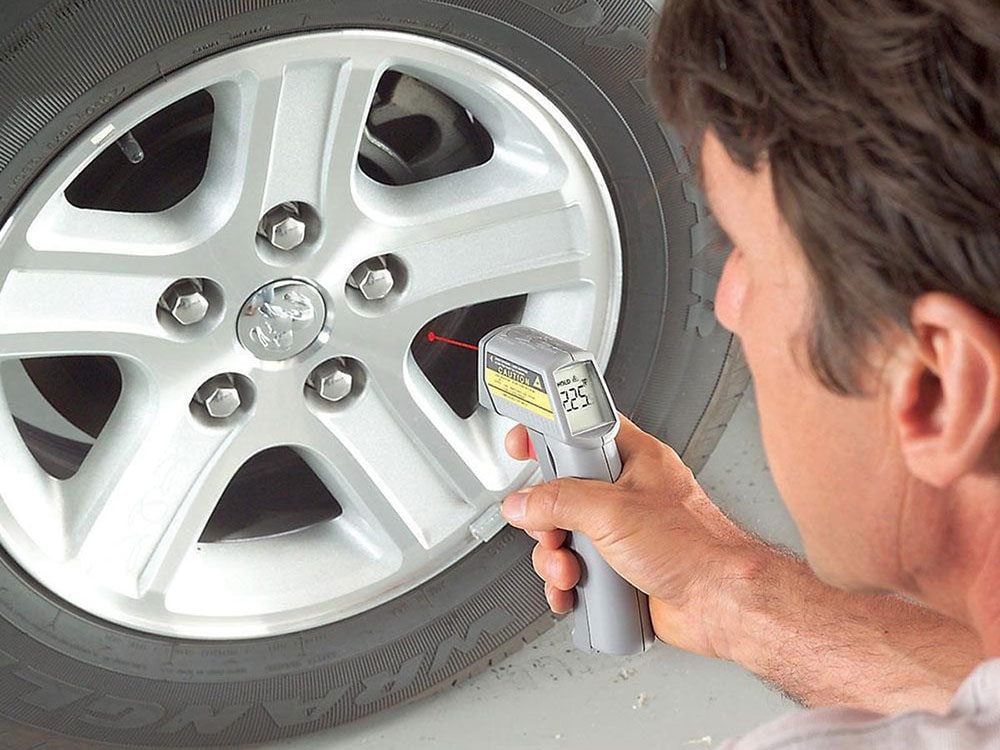
Check for Brake Drag
Brake drag can really sink your mileage. Brake calipers have a nasty habit of rusting, binding and dragging down your gas mileage. How can you tell if your brakes are dragging without having them checked at a shop? Easy! Buy an inexpensive non-contact infrared laser thermometer (about $20 at any home centre), remove the wheel cover (if equipped), and aim the laser at the wheel hub after a drive. Compare the readings from the right and left sides. If they vary by more than 20 per cent, you’ve probably got a dragging brake or a wheel bearing problem, so take it in for repairs.
Find out the 10 car repairs you’ve probably wasted money on.
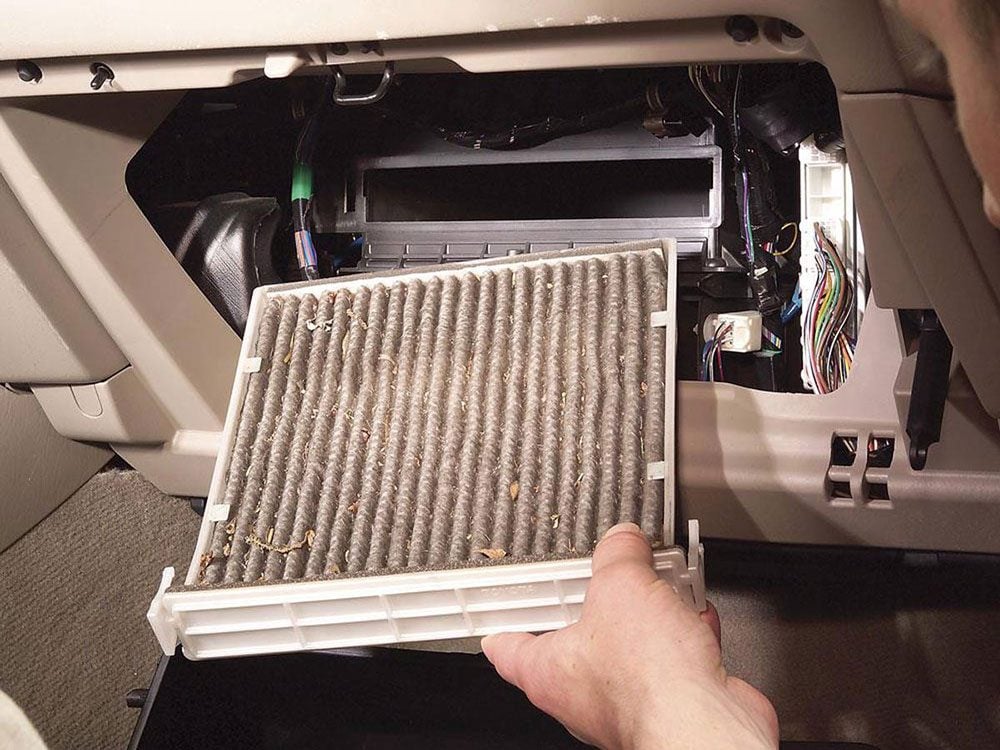
Replace Your Cabin Air Filter
A clogged cabin air filter can damage your car’s blower motor and cause your AC to run longer and harder in the summer. Cabin air filters are easy to access and replace and you’ll save about $30 by doing it yourself. Buy a replacement cabin air filter at any auto parts store and ask the clerk to print out the installation instructions. Cabin air filters are usually located in the air ducts behind the glove box in late model vehicles. However, some car makers locate them in the cowling or console area. Just remove the access covers and slide out the old filter. Note the direction of the airflow arrows so you can install the new filter in the proper orientation. Then reinstall the covers and you’re done.
Find out 15 things you’re doing to your car that a mechanic wouldn’t.
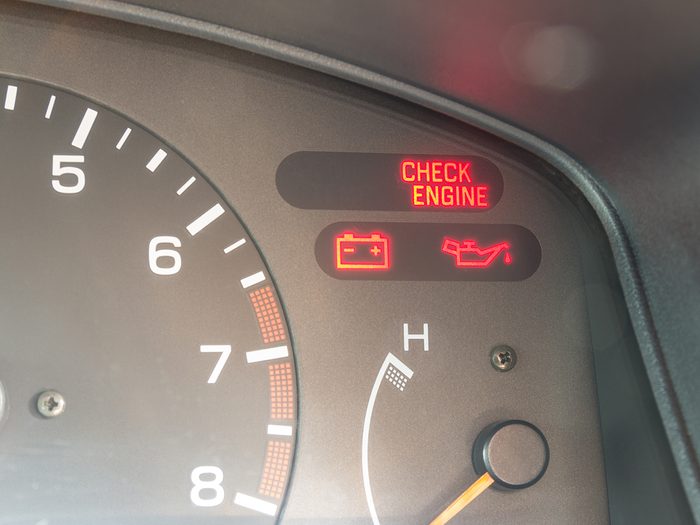
Keep an Eye on Warning Lights
Pay attention to your dashboard warning lights. Car owners think a glowing check engine light isn’t important because it just means you’ve got an “emissions problem.” Guess what? Emissions problems are almost always caused by an incomplete burn and that means you’re not getting the most bang for your buck. In other words, a check light means you’re wasting gas. Worse yet, all that extra gas goes right into your expensive catalytic converter, causing it to fail early. A new catalytic converter can run upwards of $1,000 to replace and then you still have to fix the underlying problem that turned on the check engine light in the first place. Many times the check engine light comes on due to a bum sensor or vacuum leak. Replacing a sensor or fixing a vacuum leak can save far more than what you’ll waste in reduced fuel economy.
Now that you know how to improve gas mileage, learn how to find the cheapest gas station near you.